Your cart is currently empty!
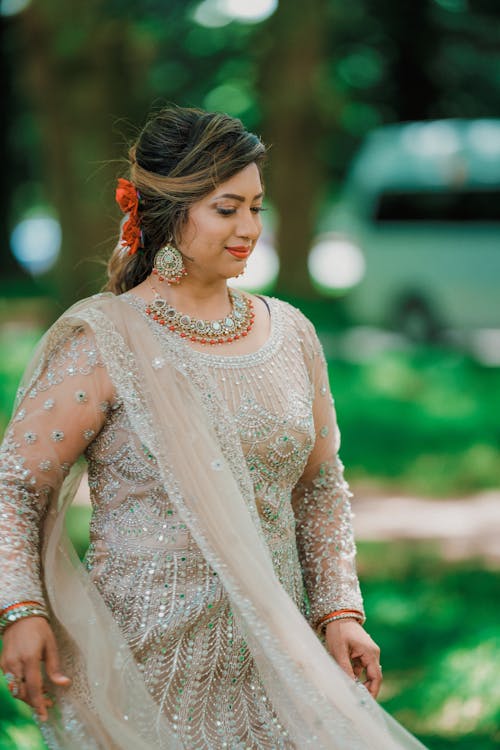
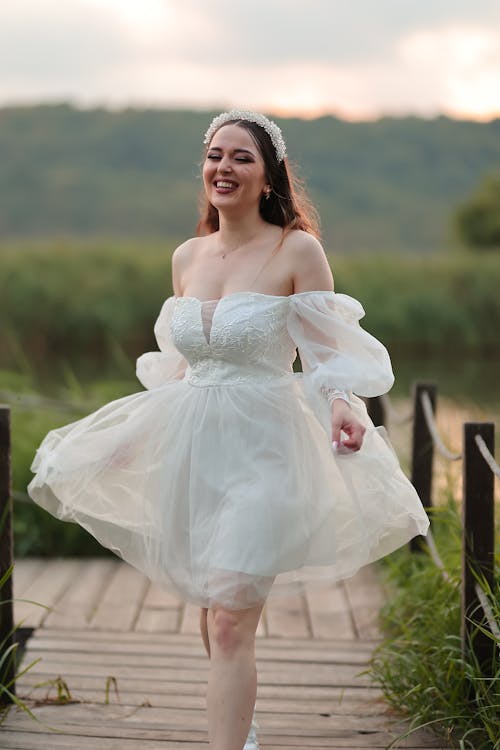
The early 20th century marked a pivotal time in women’s fashion, particularly the 1910s, which saw a dramatic shift in clothing styles. This era was characterized by a blend of opulence, elegance, and the gradual move toward more practical and comfortable clothing. The fashion of the 1910s laid the groundwork for the revolutionary changes that would follow in the 1920s, and it remains a significant period for understanding the evolution of modern women’s attire.
The Silhouette of the 1910s: A Transition in Women’s Fashion New Style
The S-Bend Corset and Its Decline
At the turn of the century, the S-bend corset was a dominant feature of women’s fashion, shaping the body into an exaggerated hourglass figure. This corset pushed the bust forward and the hips back, creating a distinctive silhouette. However, by the 1910s, the rigid S-bend corset began to fall out of favor. Fashion trends moved towards a more natural and relaxed body shape, influenced by designers like Paul Poiret, who championed looser, uncorseted garments.
The Rise of the Empire Waistline Women’s Fashion New Style
One of the most iconic changes in women’s fashion during the 1910s was the return of the Empire waistline, which had been popular in the early 19th century. The waistline was raised above the natural waist, often just below the bust, creating a flowing and elongated silhouette. This style was not only aesthetically pleasing but also offered women greater comfort and freedom of movement compared to the heavily corseted styles of previous decades.
Fabrics and Textures: Luxurious Yet Practical Women’s Fashion New Style

The Use of Silks and Chiffons Women’s Fashion New Style
The 1910s were marked by the use of luxurious fabrics such as silk, chiffon, and satin. These materials were favored for evening gowns and formal wear, often adorned with intricate embroidery, lace, and beadwork. The lightness and fluidity of these fabrics complemented the softer, more natural silhouette of the era.
The Introduction of Wool and Cotton for Daywear Women’s Fashion New Style
While evening wear remained lavish, daywear during the 1910s saw a shift towards practicality. Wool and cotton became increasingly popular for everyday clothing, reflecting the changing needs of women, who were becoming more active in public and professional life. These fabrics were durable, comfortable, and easier to care for, making them ideal for the modern woman.
Influential Designers of the 1910s
Paul Poiret: The Innovator
Paul Poiret was one of the most influential designers of the 1910s, known for his bold and innovative designs. He is credited with liberating women from the constraints of the corset, popularizing the Empire silhouette, and introducing harem pants and the hobble skirt. Poiret’s designs were characterized by their exotic influences, vibrant colors, and dramatic draping, which set the tone for the fashion of the decade.
Jeanne Paquin: The Pioneer
Jeanne Paquin was another significant figure in 1910s fashion, known for her elegant and sophisticated designs. As one of the first female couturiers, Paquin was a trailblazer in the fashion industry. Her creations were celebrated for their attention to detail and the use of luxurious materials, making her a favorite among the aristocracy and high society.
The Role of Accessories in 1910s Fashion
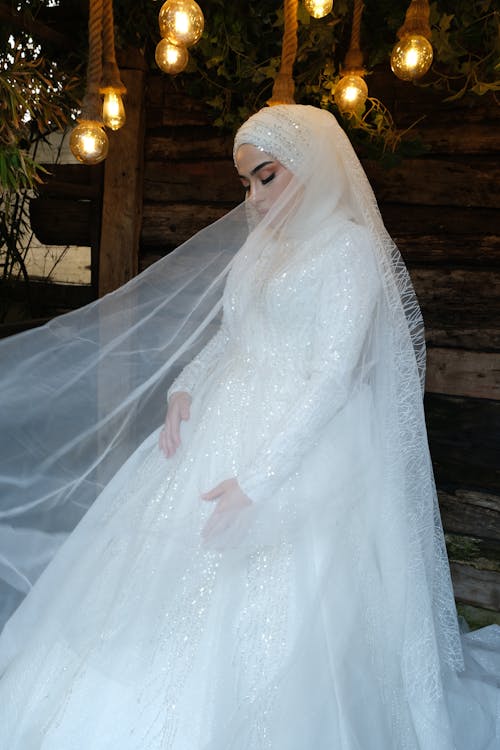
Hats: The Statement Piece
Hats were an essential part of a woman’s wardrobe in the 1910s. They were often large, elaborate, and adorned with feathers, flowers, and ribbons. The wide-brimmed hat was particularly popular, offering a sense of grandeur and style. These hats not only completed an outfit but also served as a status symbol, reflecting the wearer’s social standing.
Gloves and Handbags
Gloves remained a staple accessory for women during this period, worn for both formal and informal occasions. They were typically made from kid leather, silk, or cotton, and came in a variety of lengths. Handbags, meanwhile, were becoming more functional. The small, decorative reticules of the previous century evolved into larger, more practical bags that could carry personal items, reflecting the changing role of women in society.
The Influence of World War I on Fashion
The Shift Towards Practicality
The outbreak of World War I in 1914 had a profound impact on women’s fashion. As men went off to fight, women took on roles that were previously reserved for men, including working in factories, driving ambulances, and serving as nurses. This shift necessitated more practical clothing, leading to the adoption of simpler, less restrictive garments.
The Decline of Extravagance
With the war came a decline in the extravagance that had characterized pre-war fashion. Fabrics were rationed, and clothing designs became more austere. The elaborate evening gowns and opulent accessories of the early 1910s gave way to more understated and functional attire. However, this simplicity also paved the way for the streamlined, modern styles of the 1920s.
The Legacy of 1910s Fashion
The fashion of the 1910s was a period of transition, marked by a move away from the rigid, structured styles of the past towards a more relaxed and practical approach to clothing. The decade set the stage for the dramatic changes that would come in the 1920s, as women continued to assert their independence and redefine their roles in society. The influence of 1910s fashion can still be seen today, particularly in the emphasis on comfort, functionality, and individuality that continues to shape modern women’s clothing.
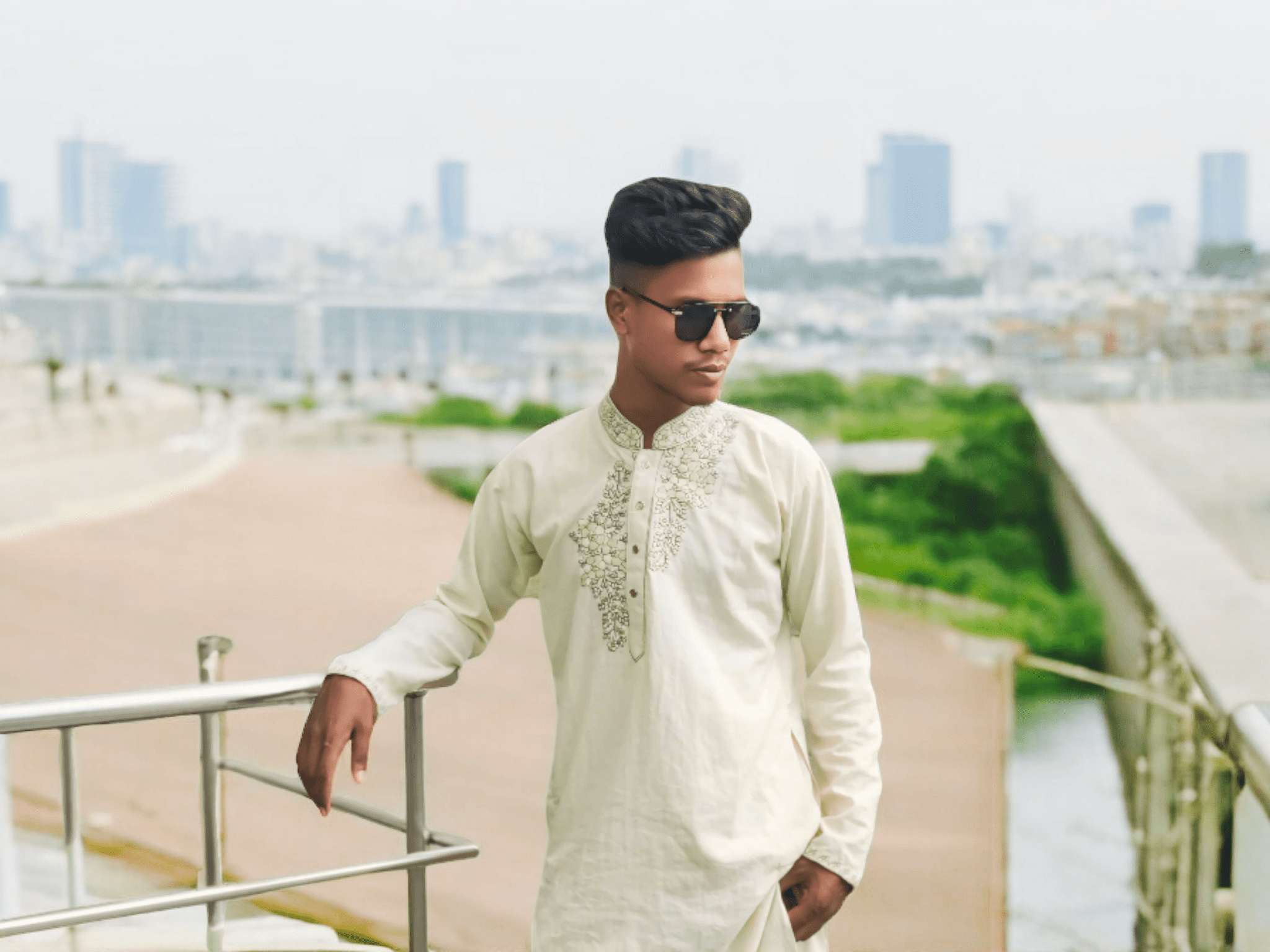
Assalamu Alaikum.. I am Mohammad Sojib I have been working in fashion for a long time I am in US and UK and I write about this topic in many places. I have been working and working on this topic for a long time
And I am a blogger I have been blogging about fashion for a long time in different places.

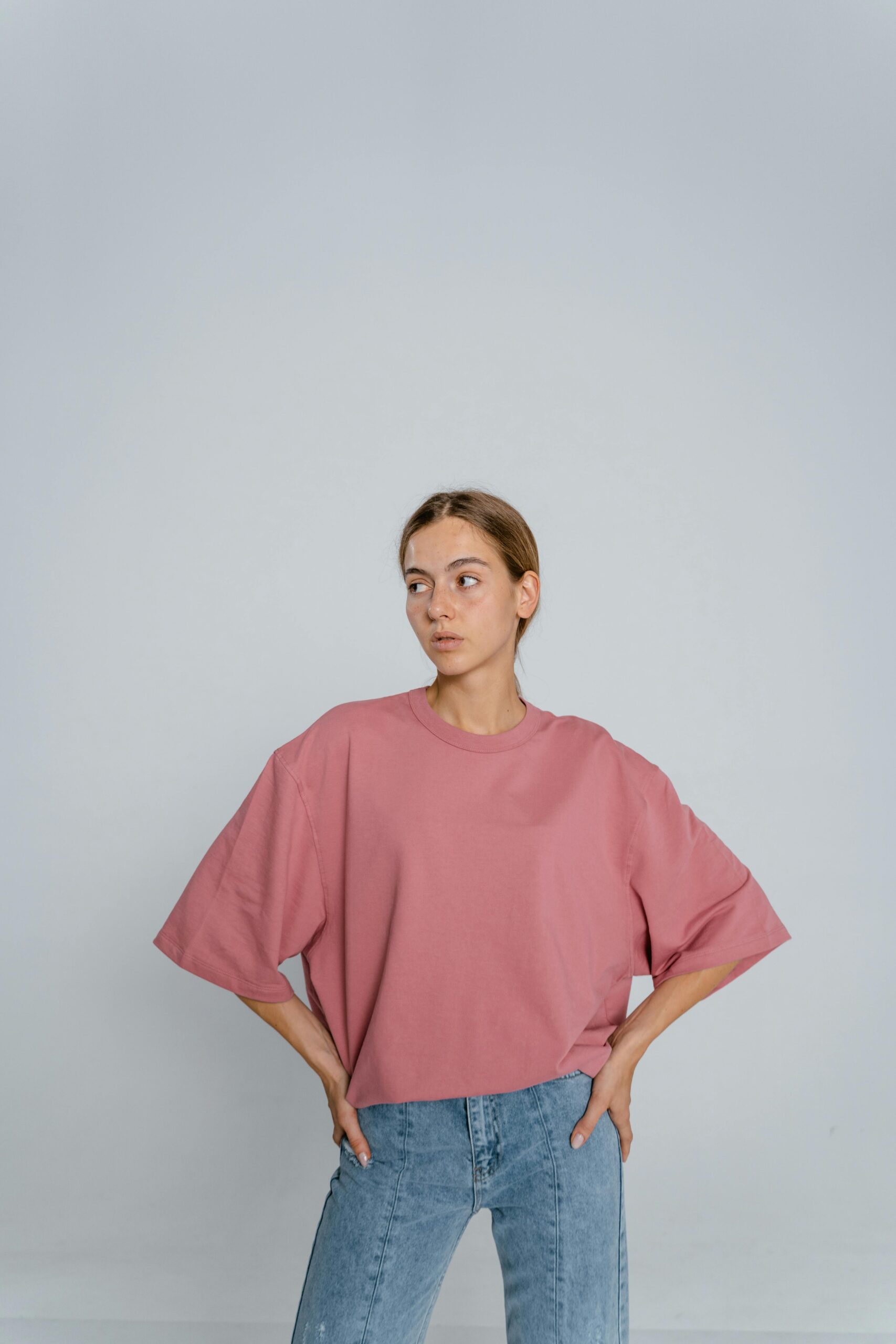






Leave a Reply